How to install a Hansa dishwasher
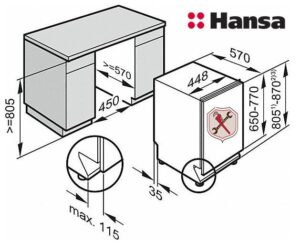 To install a Hansa dishwasher, it is not necessary to invite a professional. Every “hands-on” owner can cope with such work. We'll tell you how to connect the PMM to water supply, sewerage and electricity. Let's figure out what tools and materials will be needed during the installation process.
To install a Hansa dishwasher, it is not necessary to invite a professional. Every “hands-on” owner can cope with such work. We'll tell you how to connect the PMM to water supply, sewerage and electricity. Let's figure out what tools and materials will be needed during the installation process.
Where should we put the machine?
Even before purchasing a new dishwasher, you need to think about where it will be located. Choosing a place for the machine should take into account several rules. It is imperative to place the PMM close to communications so that there are no difficulties with its connection. We'll tell you about all the recommendations.
- The dishwasher must be placed in close proximity to communications. The length of the drain, inlet hose and power cord of PMM Hans is usually one and a half meters. Therefore, the outlet, water supply and sewerage must be nearby.
- It is advisable to install the machine near the sink - this will make it more convenient to load dishes into the baskets.

- The floor covering under the machine must be smooth and durable.
- It is advisable to avoid the proximity of a dishwasher to an electric stove and a washing machine.
- If this is a compact Hans PMM model, it can be placed directly under the sink, on an “unused” countertop, or hung on the wall above the sink or table.
- It is better not to install the dishwasher at the edge of the kitchen. Then its side wall will have to be covered with something, and this will be an additional expense.
The ideal place to place a full-size Hans PMM is to the right or left of the kitchen sink.
This placement of the machine has several advantages. Firstly, the PMM will be located in close proximity to communications.Secondly, it will be convenient to load – you won’t have to carry dirty dishes across the entire kitchen.
If you buy a built-in Hansa model, then special attention should be paid to the size of the niche in which you plan to install the machine. It is important to note that be sure to leave a small gap (5-10 mm) between the side panels of the device and the cabinet walls, and 6-7 cm at the back for connecting the inlet and drain hoses.
What might we need for work?
To connect to the water supply and sewerage, you need to “arm yourself” with special tools, which, by the way, are in every home. You will also need to purchase some supplies. It is better to prepare everything in advance so as not to be distracted while working.
Tools worth having on hand:
- adjustable wrench;
- Phillips and slotted screwdrivers;
- building level;
- pliers.
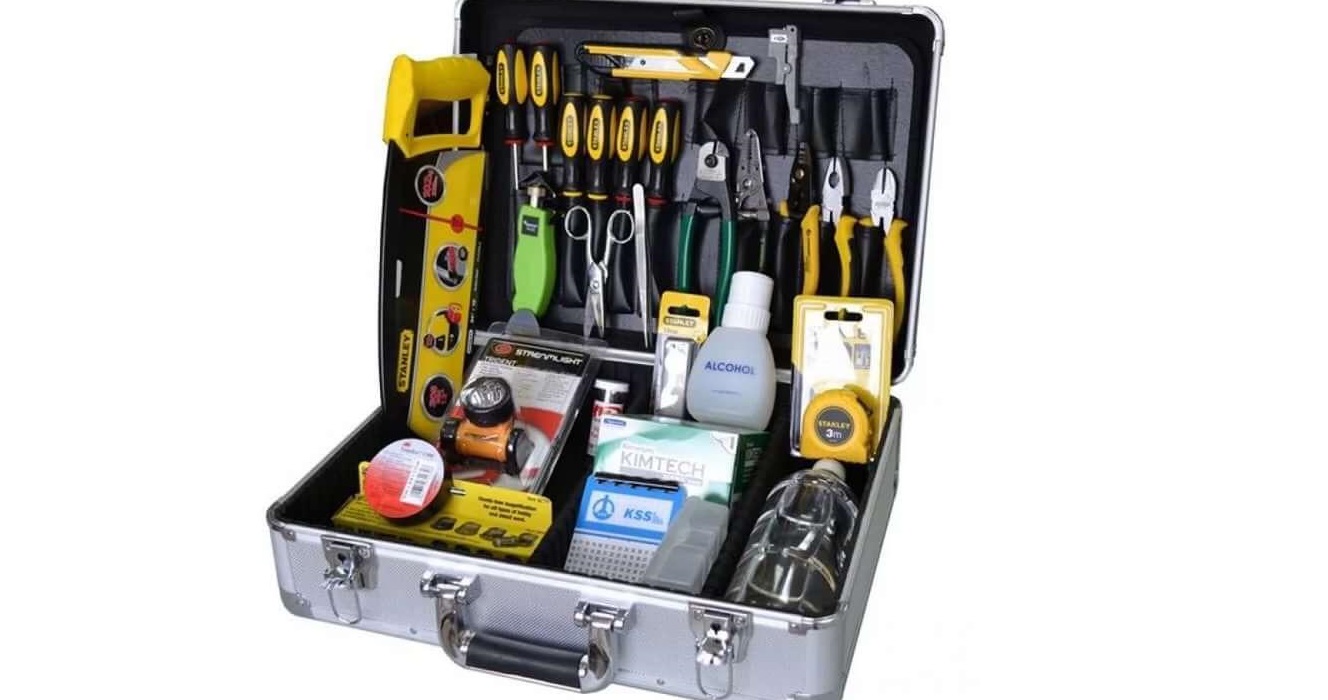
As for consumables, these are:
- 3/4 tee tap for connection to water supply;
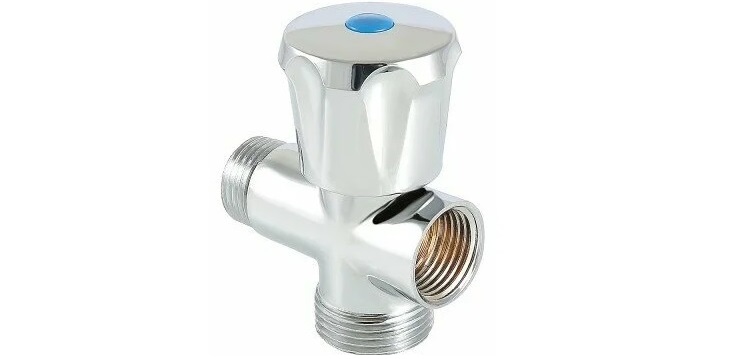
- flow-through coarse filter (special mesh);
- moisture-resistant sealant (for processing threaded connections);
- FUM tape;
- clamp for drain hose;
- siphon with a side outlet (if an “elbow” is installed under the sink without an additional fitting).
Almost all modern siphons have a side fitting, but if there is an “elbow” without outlets installed under your sink, you will have to replace it with a new one. When there is also a washing machine in the kitchen, you will need a siphon with two additional fittings.
It should be taken into account that the length of the drain and inlet hose of the Hans PMM is one and a half meters. If the factory fittings do not reach the pipes, you will have to replace them with new, longer ones. It is not recommended to buy adapters and “close” two corrugations into one; the likelihood of leakage will be higher.
If you need to make a separate socket for the dishwasher, then you will need a wall hammer, an indicator screwdriver and wire cutters. Consumables include a three-core copper wire, a moisture-proof socket, a cable duct, a difavtomat and a voltage stabilizer.
Do not connect the dishwasher to the mains via an extension cord - this is unsafe.
You can’t skimp on an outlet; be sure to buy high-quality components. A dishwasher is a powerful electrical appliance that puts a large load on the network. Therefore, it is not recommended to neglect the installation of a voltage stabilizer.
As already mentioned, the Hansa compact dishwasher can be installed above the sink. To do this, a special shelf is attached to the wall with dowels. You need to put a rubber mat under the machine to prevent slipping.
Installation progress of Hansa PMM
If you decide to install the Hans dishwasher yourself, read the user manual. The instructions for the PMM describe how to connect the machine and put it into operation. Be sure to follow all manufacturer's recommendations.
First of all, you need to make an outlet to power the dishwasher. The point should be located at a distance of 40 cm from the floor level so that in case of a possible leak, water does not get inside. The algorithm of actions will be as follows:
- make grooves in the wall for the wire;
- turn off the power to the apartment;
- install the automatic transmission;
- remove the wire from the shield, lay the cable in the dug channel;
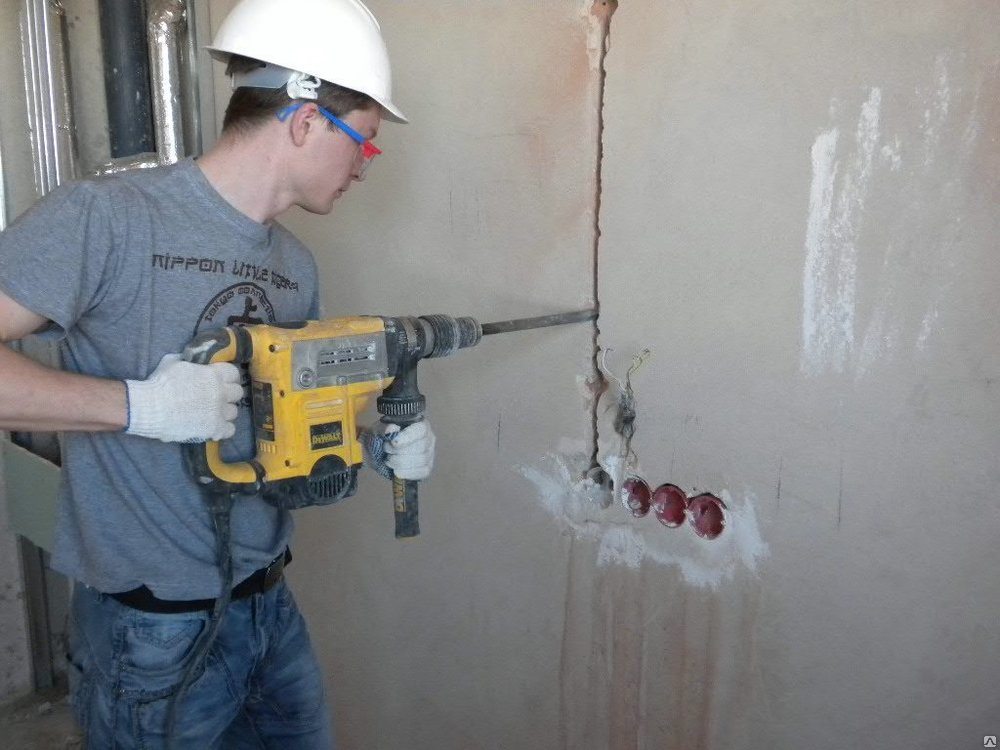
- make a hole for the socket box;
- install the socket box, connect the wire to it;
- plug in the outlet.
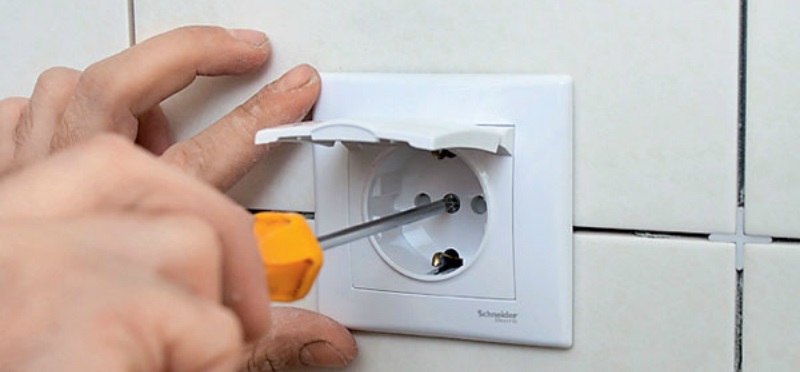
Next you need to connect the machine to the water supply. To do this, a special tee valve is installed in the pipe.The sink faucet is connected to one of its terminals, and the dishwasher inlet hose is connected to the other (a coarse filter is placed in front of it). All threaded connections should be wrapped with FUM tape or treated with sealant. Before starting work, be sure to shut off the water supply to the apartment.
The dishwasher is connected to the sewer system last. You can screw the drain hose directly to the pipe, through a special tap, but it is still recommended to connect it to a siphon. This minimizes the risk of wastewater being thrown back into the PMM.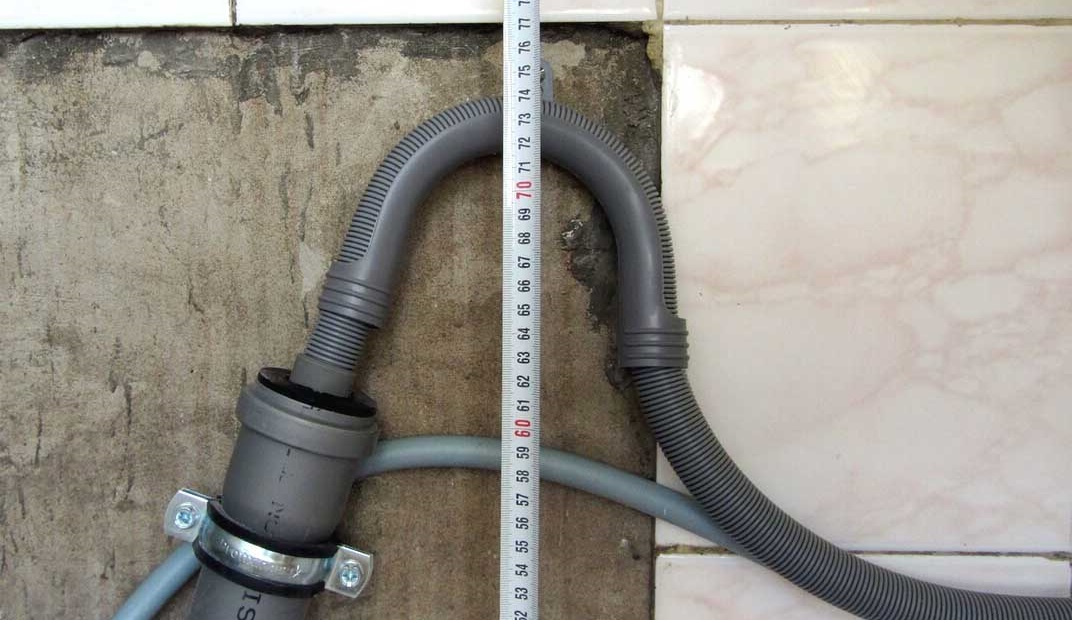
Organizing a drain is the simplest task. It is necessary to connect the end of the drainage hose to the siphon outlet. The joint is wrapped with FUM tape.
When the hoses are connected to the house communications, you can connect them to the dishwasher and place the machine in the place allocated for it. The body must be leveled by adjusting the legs. In the case of built-in PMMs, all that remains is to hang the façade.
The facade is inserted into special fasteners that come with the built-in dishwasher. Also, the decorative panel is additionally fixed with bolts.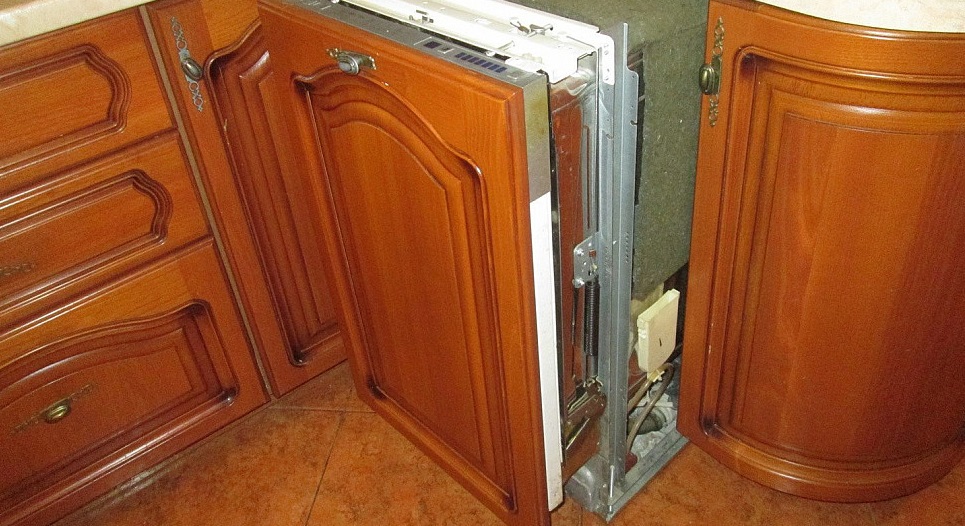
Having finished installing and connecting the machine, run a test wash. How to correctly perform the first cycle is stated in the instructions for the equipment. It must be single, that is, without dishes in the chamber. Detergent and regenerating salt must be added.
During the trial cycle, observe Hans' PMM in action. Check to see if the joints are leaking. If everything is in order, you can load dirty dishes into the machine and start a full wash.
Interesting:
Reader comments
- Share your opinion - leave a comment

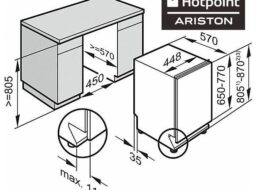
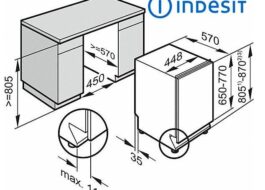
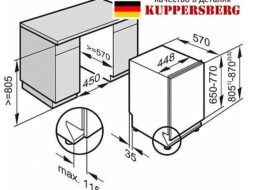
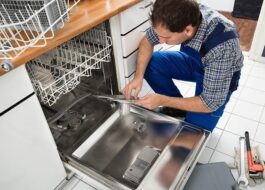
















Add a comment